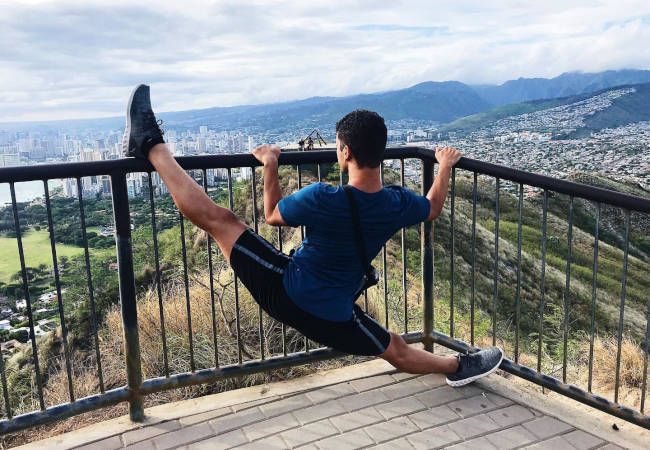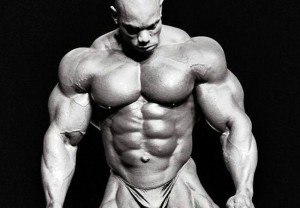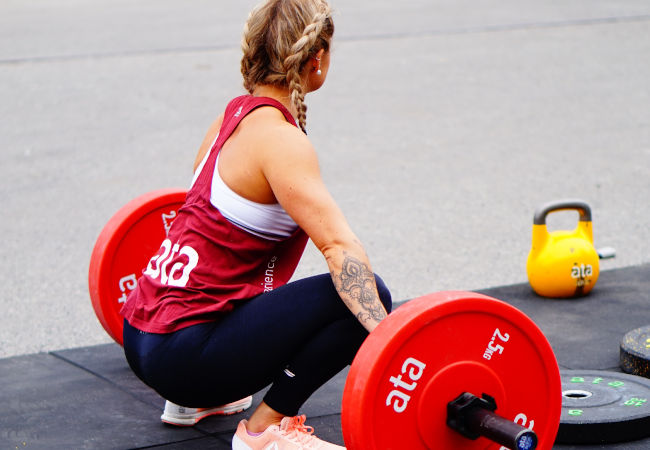Creating a space for a home boxing gym is simple, inexpensive, and will motivate you to train harder and more often in the comfort of your own house. The first step is measuring out your space and ensuring you have plenty of room for your workouts without colliding with a wall, hitting a ceiling fan or any other obstacles. You may also need the right protective gear including your gloves, tape, strapping and a first aid kit.
You won’t just need the right equipment for boxing, however, but also for your boxing space. Here’s some of the essential equipment and accessories you’ll need to create the perfect at-home boxing set-up.
Choosing The Right Punching Bag
There is no more vital piece of equipment for aspiring boxers, mixed martial artists or fighters in training than punching bags. Kicking and punching these versatile pieces of training equipment can be highly beneficial when it comes to generally improving your fighting skills, including fine-tuning the accuracy of your blows.
You should match your punching bag with your athletic goals just as you would with your other sports equipment. There are three main types of boxing bags to consider, and you might want to set up a combination of different types of bags, depending on your training requirements and space.

These may include:
Heavy bags
When you imagine yourself in constant motion while training, you probably imagine a heavy bag. Many movies feature this cylindrical bag hanging from the ceiling and it is the most common form of boxing bag at gyms and in homes. It has the advantage of resisting your strikes when you exercise.
Teardrop Bags
Teardrop bags, a fun variation, hang from the ceiling and feature a similarly weighted range, but are shaped differently to standard heavy bags. The teardrop shape resembles a human body better and allows for kneeing, elbowing, and upper cutting. This adds variety to your workout by increasing your range of motion.
Free standing bags
Free standing bags may look like heavy bags, but they have a few differences. The first is that they do not hang, but stand instead. These are usually shorter and rest on a plastic composite base that is filled with either water or sand. Standing bags are easier to kick, which makes them a great choice for those looking to improve their kickboxing skills at home.
Preparing Your Home Gym Flooring
In order for your gym to function, you need a sturdy floor. Choosing the right flooring is one of the most crucial steps in building a great home gym that will last for many years. An interlocking rubber tile floor is the best flooring option for a home gym. Installed correctly, they look great, don’t have seams or gaps, and provide enough padding and protection required for you to practice forward and backward rolling or take downs, if you’re looking to dabble in other forms of fighting and martial arts as well.
On top of all this, some high quality rubber gym flooring will also help keep your home’s original flooring well-protected under almost all circumstances, so you won’t need to worry about dropping any weights when strength training. You can also count on these rubber tiles to last for years with even just some basic care.
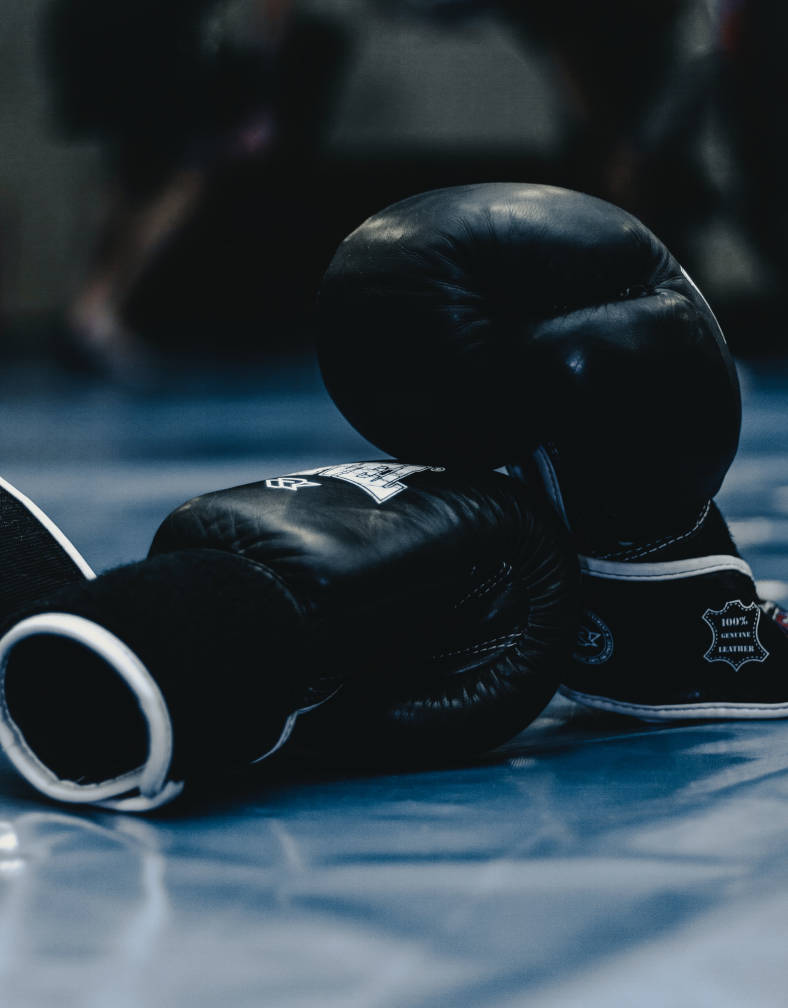
Choose Your Training Accessories
Kickboxing is about more than just working a punching bag. You are going to require a range of accessories all designed to help you enhance your fitness and coordination levels. These also help to vary up your workouts and will inspire you to use your home gym more often and in new ways for every day of the week.
Some of the best accessories for kickboxing training include:
Skipping ropes
An essential item for boxing enthusiasts who wish to develop rhythm and get a sweat on. Available in multiple styles, it is the perfect aid for anyone who wishes to develop rhythm while getting a good cardio workout at the same time.
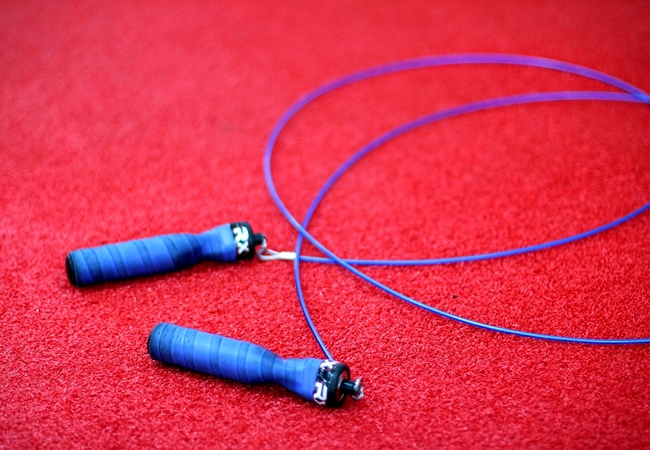
Slip Ball
An excellent timing tool for any fans of boxing or shadowboxing, this pendulum-like swing will help you improve your footwork and evasion.
Reflex Ball
An elastic band is attached to the ball, which helps improve depth perception, reaction time, and coordination. The boxer can jab at a reflex ball and it will fly straight out. The elastic band will return the ball almost directly. A boxer can either dodge the reflex ball with a quick sidestep or intercept it with another jab.
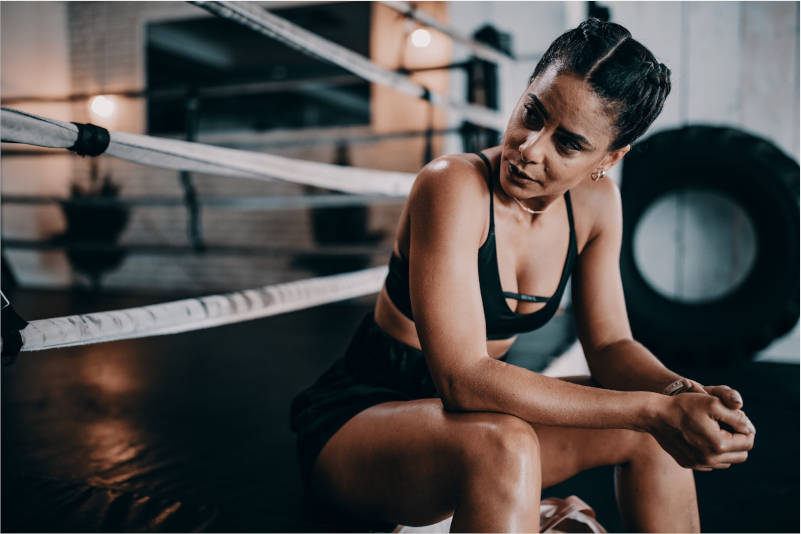
So long as you think about what you’d like to achieve during your boxing or kickboxing training and consider these goals when sourcing your home gym’s equipment, chances are high that you’ll put together a home boxing set-up that caters perfectly to you and your fighting style!








